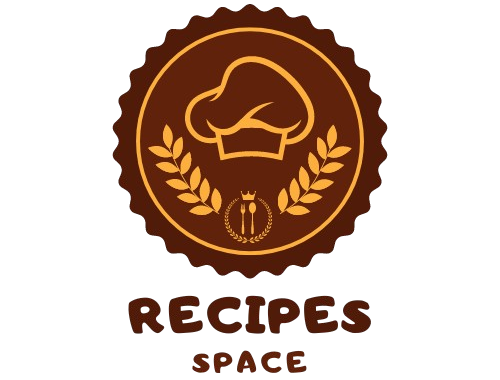A baking sheet is a versatile tool commonly used in kitchens around the world. However, this essential tool goes by different names depending on its design and function. Whether you’re familiar with the term sheet pan or have heard it referred to as a baking tray, this article will guide you through the different names and uses of this must-have item.

Introduction to Baking Sheets
A sheet pan, often called a baking tray, is a flat, rectangular metal sheet used for a wide range of cooking tasks. From baking cookies to roasting vegetables, this tool offers versatility in both commercial and home kitchens.
These terms can vary, and understanding the differences can help you choose the right tool for the job. For more guidance, check out this guide on baking sheets.
What Is It?
This tool is typically a flat piece of metal designed to hold food items during cooking. Materials like aluminum or steel ensure even heat distribution and durability.
If you’re wondering how it differs from a cookie sheet, you can explore the key differences in this detailed comparison.
Alternate Names
Depending on where you live, the terminology for this item may differ. It is commonly referred to as:
- Sheet pan
- Baking tray
- Cookie sheet
- Rimmed baking sheet
- Jelly roll pan
These names highlight different design features, such as whether the tray has raised edges, which is useful for preventing spills when roasting.
Types and Variations
1. Half-Sheet Pans, Quarter-Sheet Pans, and Jelly Roll Pans
- Half-Sheet Pans: The most popular size, measuring around 18×13 inches, ideal for most cooking tasks.
- Quarter-Sheet Pans: Smaller, about 9×13 inches, suitable for smaller meals.
- Jelly Roll Pans: These pans have higher edges, designed specifically for making jelly rolls and other desserts.
2. Rimmed vs. Rimless Sheets
- Rimmed pans: Ideal for roasting vegetables and meats, as the edges prevent any liquid from spilling.
- Rimless trays: Typically used for cookies, allowing for better heat circulation around the food.
Materials Used
The material of the tray significantly affects its performance in the kitchen:
- Aluminum: Lightweight and great for heat distribution.
- Steel: More durable but slower to heat up.
- Non-Stick Coating: Easier to clean but requires gentle handling to avoid damage.
Popular Uses
This tool has many practical applications:
- Roasting Vegetables: The raised edges of a rimmed tray keep everything in place while allowing for even cooking.
- Baking Cookies: A cookie sheet allows for better airflow, ensuring even baking.
- Sheet Pan Dinners: You can use a single tray to cook an entire meal, making cleanup easy.
Performance, Durability, and Maintenance
Performance
Different materials and sizes impact how well these items perform:
- Thicker trays distribute heat more evenly and resist warping.
- Preheating ensures that your food cooks evenly and crisps perfectly.
Cleaning and Maintenance
- Non-Stick Coated Sheets: Clean with a soft sponge to avoid damaging the surface.
- Aluminum and Steel Sheets: For tough stains, using baking soda can help lift residue without scratching the surface.
Non-Stick vs. Uncoated Options
Should you go for a non-stick or uncoated pan? Here’s a breakdown:
- Non-Stick: Easy to clean but needs careful handling to prevent scratches.
- Uncoated: Better for high-heat cooking, though using parchment paper can help prevent food from sticking.
FAQs
What is this kitchen tool called?
It can be called a sheet pan, baking tray, or cookie sheet, depending on its size and use.
What is the difference between a baking sheet and a cookie sheet?
A cookie sheet usually has no raised edges, allowing for better airflow, while a rimmed tray contains juices and prevents spills.
Can you use it for cookies?
Yes, but a cookie sheet might produce better results due to its flat design and improved heat circulation.
What size is standard?
The standard size is typically 18×13 inches, known as a half-sheet pan.
Can it be used for roasting?
Absolutely. These trays are ideal for roasting vegetables, meats, and even full meals.
Conclusion
Whether you call it a sheet pan or a baking tray, this tool remains an essential part of any kitchen. Its versatility makes it ideal for everything from baking cookies to roasting vegetables. For more recipe ideas that use this handy tool, explore these delicious recipes and discover its full potential.
